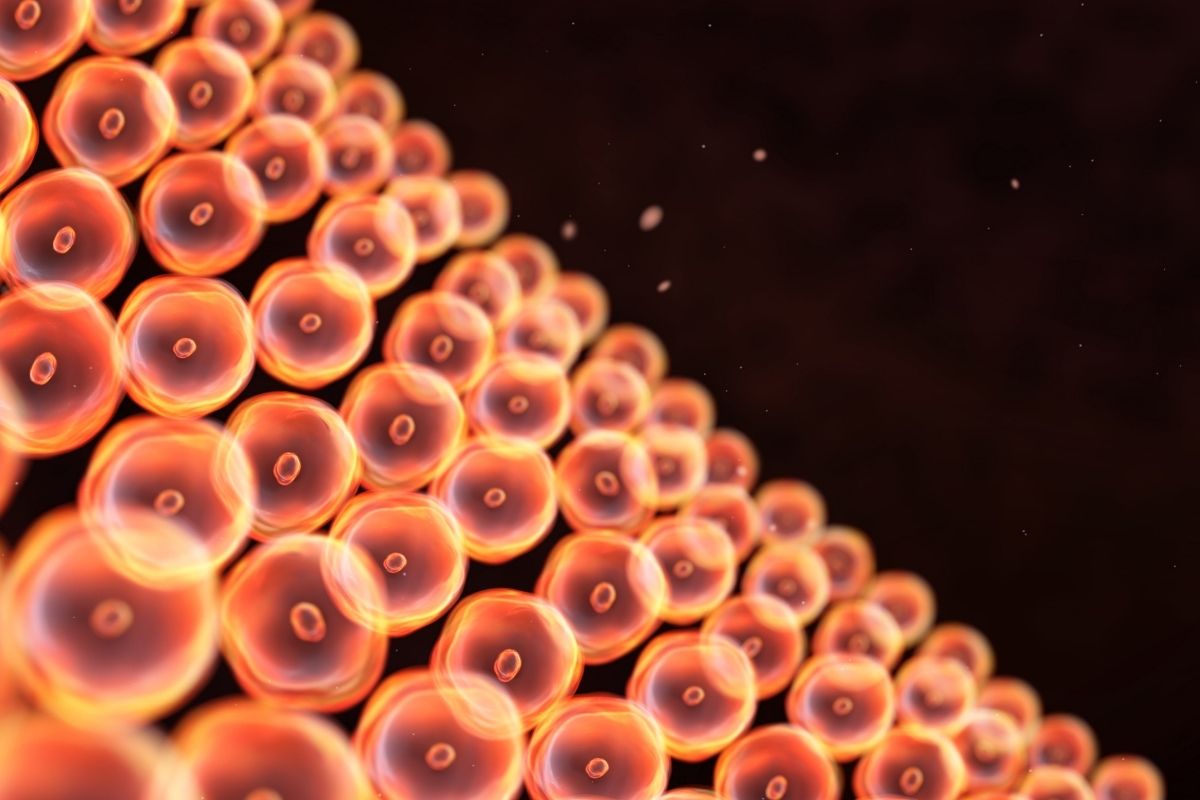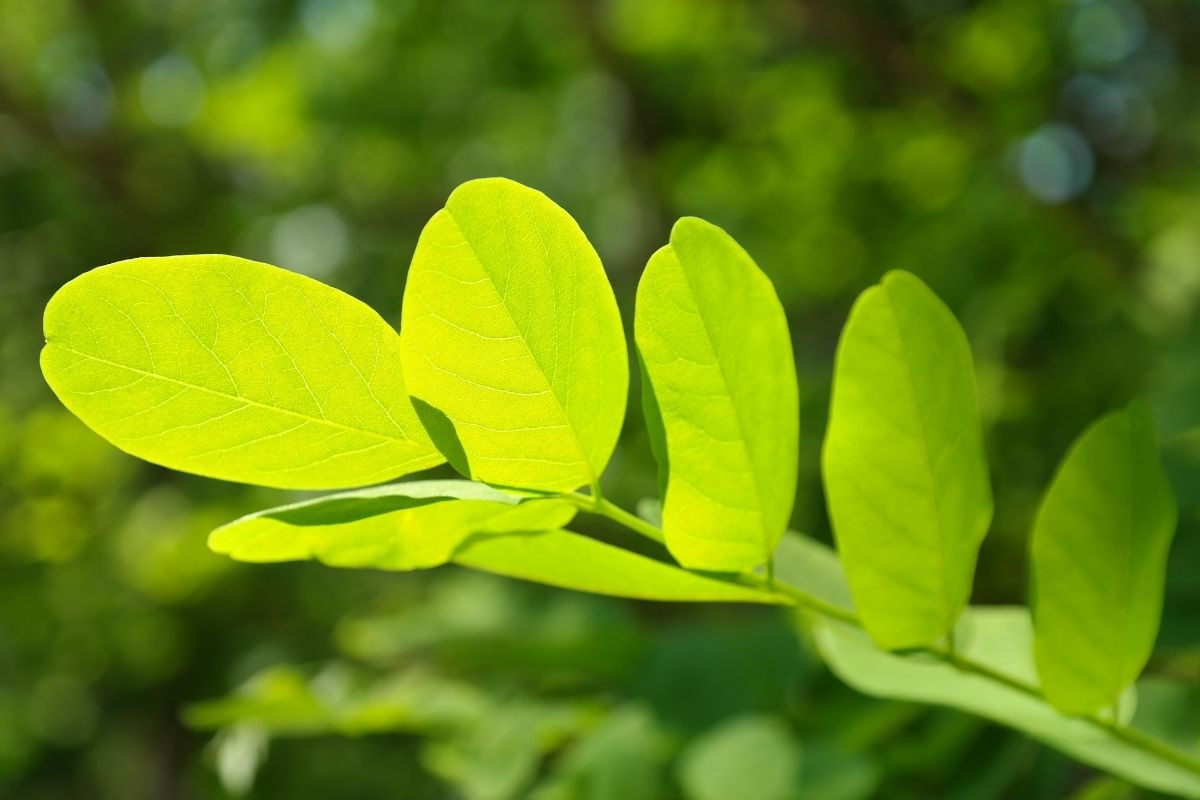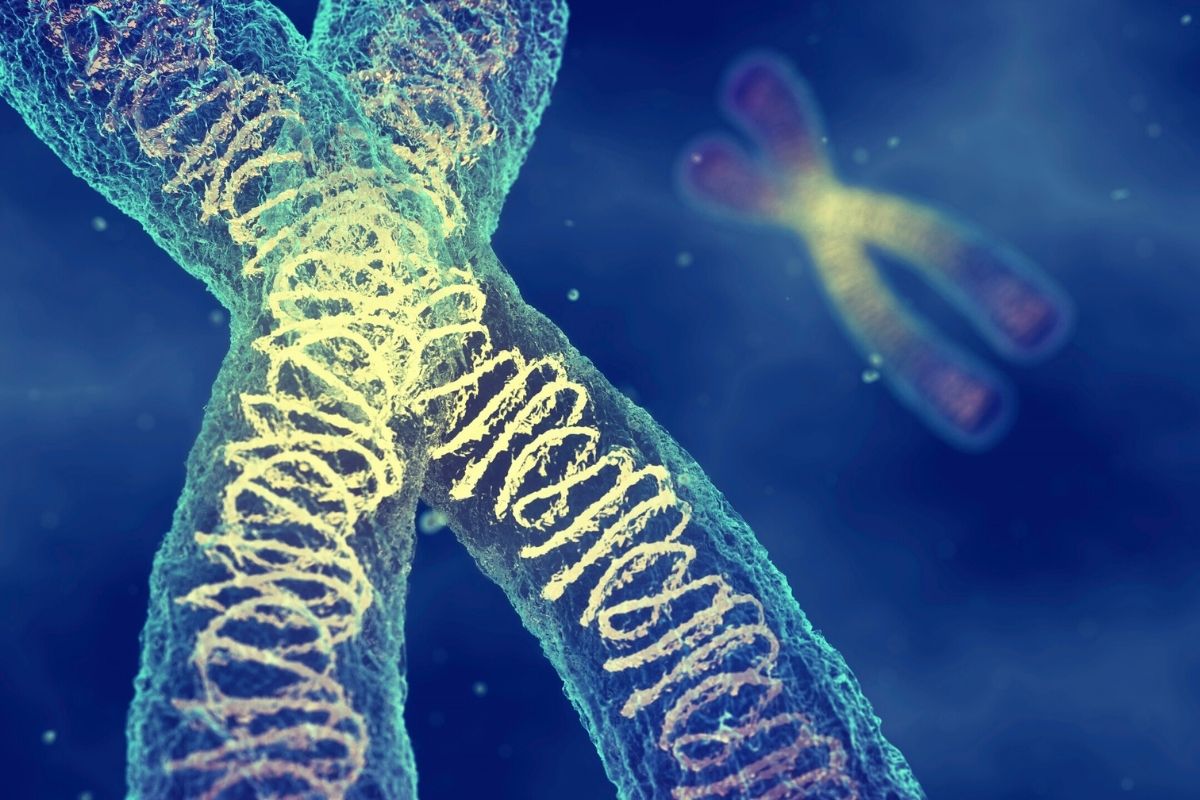Cell – Tế bào là đơn vị cấu trúc, chức năng và sinh học cơ bản của tất cả các sinh vật. Tế bào là đơn vị nhỏ nhất của sự sống, và do đó thường được gọi là “khối xây dựng của sự sống”. Nghiên cứu về tế bào được gọi là sinh học tế bào, sinh học tế bào, hoặc tế bào học.
Tế bào bao gồm tế bào chất được bao bọc trong một màng, trong đó có nhiều phân tử sinh học như protein và axit nucleic. Hầu hết các tế bào thực vật và động vật chỉ có thể nhìn thấy dưới kính hiển vi ánh sáng, với kích thước từ 1 đến 100 micromet. Kính hiển vi điện tử cho độ phân giải cao hơn nhiều hiển thị cấu trúc tế bào rất chi tiết. Các sinh vật có thể được phân loại là đơn bào (bao gồm một tế bào đơn lẻ như vi khuẩn) hoặc đa bào (bao gồm thực vật và động vật). Hầu hết các sinh vật đơn bào được xếp vào nhóm vi sinh vật.
Trẻ luôn cảm thấy hào hứng khi được tìm hiểu những thứ xung quanh mình. Vậy nhưng các giờ học tiếng Anh cho trẻ ở trường thì ngắn ngủi và ít khi nào nói về chủ đề sinh học cả. Bé có tò mò về từ vựng tiếng Anh của chúng hay không? Cùng bắt đầu với bộ từ vựng tiếng Anh theo chủ đề khoa học về Tế Bào dưới đây nhé!
Từ vựng chủ đề Cell – Tế bào
cytoplasm (n): tế bào chất
Jelly-like substance that makes up the matrix of the cell body
→ Deeper growth by the fungus elicited wall appositions and ingress into the cytoplasm of cortical cells was blocked by papillae.

—
mitochondrion (n): ti thể
Shaped like a bean, this cell organelle helps take food and manufacture energy from it
→ In humans, the copper/zinc SOD is present in the cytosol, while manganese SOD is present in the mitochondrion.

—
nucleolus (n): hạch nhân
A structure inside the nucleus where RNA is transcribed
→ The nucleolus disperses as chromosomes become visible.

—
nucleus (n): nhân tế bào
The main brain of the cell that contains most of the cell’s DNA
→ Both Drosha and DGCR8 are localized to the cell nucleus, where processing of pri-miRNA to pre-miRNA occurs.

—
organ (n): cơ quan
A body structure that works to perform a specialized function. Examples include the lung or heart
→ Your ears, eyes, tongue, nose and skin are your sense organs.

—
tissue (n): mô
A large series of cells that work together to form a specific function
→ Free fatty acids not immediately taken up by cells may bind to albumin for transport to surrounding tissues that require energy.

—
vacuole (n): không bào
Storage areas of the cell known for storing mostly water and/or food
→ A vacuole is a membrane-bound organelle which is present in plant and fungal cells and some protist, animal, and bacterial cells.

—
cell membrane (n): màng tế bào
The enclosure of the cell that provides the body for all the organelles
→ Damage of cell membranes would lead to loss of the contact inhibition.

—
cell wall (n): thành tế bào
Mostly made of cellulose, this is the tough and rigid outer layer of plant cells
→ It is sometimes used to define cell walls or nuclei under the microscope.

—
chlorophyll (n): diệp lục
The green (in color) pigment found in chloroplasts where photosynthesis takes place
→ Only one photoproduct of preillumination contributed to the elimination of the chlorophyll lag phase, but the effect of red light was only partially (about 60%) nullified by subsequent far-red light.

—
chloroplast (n): lạp lục
An egg shaped body that appears green from all the chlorophyll they contain. This organelle is where photosynthesis takes place
→ Endosperm chloroplasts have a characteristic lens shape when viewed in section with the electron microscope.

—
chromosome (n): nhiễm sắc thể
Thin, intertwined pieces of DNA found in the cell’s nucleus
→ Altogether in 501 cells the chromosomes were investigated with the lightmicroscope.

Từ vựng tiếng Anh theo chủ đề Cell – Tế bào mở rộng
cellulose: xenluloza
A polysaccharide that is the chief constituent of all plant tissues and fibers
→ So they’re spinning these tiny nano fibers of pure cellulose.
—
diffusion: sự khuếch tán
Movement of a substance from an area of high concentration
→ Almost all snake venom contains hyaluronidase, an enzyme that ensures rapid diffusion of the venom.
—
eukaryote: sinh vật nhân chuẩn
An organism of one or more cells with membrane-bound nuclei
→ Some publications suggest that archaeal or eukaryotic lipid remains are present in shales dating from 2.7 billion years ago; such data have since been questioned.
—
lysosome: tiêu thể
A membrane-bound organelle containing digestive enzymes
→ Without this mechanism, only the extracellular part of the membrane proteins would reach the lumen of the lysosome and only this part would be degraded.
—
meiosis: sự phân bào giảm nhiễm, giảm phân
Cell division that produces reproductive cells
→ This method of reproduction is found for example in conidial fungi and the red algae Polysiphonia, and involves sporogenesis without meiosis.
—
membrane: màng
A sheet of tissue that lines or connects organs or cells
→ They’re held as membranes because they’re in water.
—
mitosis: nguyên phân
The process by which a cell divides into two smaller cells
→ In highly vacuolated plant cells, the nucleus has to migrate into the center of the cell before mitosis can begin.
—
organelle: cơ quan tế bào, bào quan
A specialized part of a cell; analogous to an organ
→ While prokaryotes do not possess organelles per se, some do contain protein-based bacterial microcompartments, which are thought to act as primitive organelles.
—
osmosis: sự thấm dần, thẩm thấu
Diffusion of molecules through a semipermeable membrane
→ So seawater reverse osmosis is a membrane-filtration technology.
—
permeable: thấm
Allowing fluids or gases to pass or diffuse through
→ It’s not only transparent to light but it’s permeable to oxygen.
—
photosynthesis: sự quang hợp
Formation of compounds in plants aided by radiant energy
→ The marvelous process of photosynthesis supports vegetation on land and phytoplankton in the seas.
—
prokaryote: sinh vật nhân xơ
A unicellular organism lacking a membrane-bound nucleus
→ As a reflection of its crucial role in translation, EF-Tu is one of the most abundant and highly conserved proteins in prokaryotes.
—
respiration: sự hô hấp
Process converting nutrients into energy in a cell
→ Respiration is one of the key ways a cell releases chemical energy to fuel cellular activity.
—
ribosome
A particle in a cell that helps synthesize proteins
→ The endospore consists of the bacterium’s DNA, ribosomes and large amounts of dipicolinic acid.
